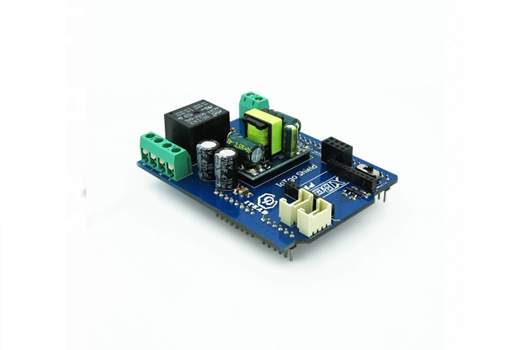
In this technical article, we will explore the future technological advancements in shunt current sensors. Shunt current sensors play a crucial role in accurately measuring electric current, and continuous research and development in this field are driving innovations for improved performance, precision, and integration into modern electrical systems. This article aims to provide insights into the future direction of shunt current sensor technology.
1. Miniaturization and Integration:
One of the key areas of future development for shunt current sensors is miniaturization and integration. As technology advances, there is a growing demand for smaller and more compact sensor solutions. Shunt current sensors are expected to become even smaller, allowing for seamless integration into space-constrained applications such as portable devices, wearables, and Internet of Things (IoT) devices. This miniaturization will also enable their use in high-density power electronics, where space is a premium.
2. Enhanced Accuracy and Precision:
Advancements in materials science and sensor manufacturing techniques will lead to improved accuracy and precision in shunt current sensors. New materials with reduced temperature coefficients and improved resistance stability will be employed to minimize measurement errors caused by temperature variations and aging effects. Additionally, advancements in manufacturing processes will enable tighter tolerances, resulting in more precise current measurements. These developments will enhance the overall reliability and accuracy of shunt current sensors.
3. Higher Current Handling Capacity:
As electrical systems continue to evolve, with increasing power requirements, future shunt current sensors will be designed to handle higher current levels. This will enable them to accurately measure currents in high-power applications such as electric vehicles, renewable energy systems, and industrial machinery. Research will focus on developing materials and designs that can handle these higher current densities without compromising accuracy or introducing significant power losses.
4. Advanced Communication and Integration Protocols:
Future shunt current sensors will leverage advanced communication and integration protocols to ensure seamless integration into modern electrical systems. This includes compatibility with digital communication standards such as I2C, SPI, or CAN bus, enabling direct interfacing with microcontrollers and digital control systems. These protocols will facilitate real-time monitoring, data logging, and remote control of current measurements, enhancing system diagnostics and efficiency.
5. Enhanced Thermal Management:
Effective thermal management is critical for maintaining accurate current measurements and ensuring the long-term stability of shunt current sensors. Future developments will focus on improved thermal design, heat dissipation materials, and innovative packaging techniques to enhance the thermal conductivity and efficiency of these sensors. This will allow for reliable operation under high-temperature conditions and reduce the impact of self-heating on measurement accuracy.
Conclusion:
The future of shunt current sensors lies in miniaturization, enhanced accuracy, higher current handling capacity, advanced communication protocols, and improved thermal management. These technological advancements will enable the seamless integration of shunt current sensors into a wide range of applications, from portable devices to high-power systems. By continuously pushing the boundaries of innovation, researchers and engineers are driving the development of shunt current sensors that will meet the evolving demands of modern electrical systems, ensuring accurate and reliable current measurements for years to come.
SEO keywords:
1. Shunt current sensors
2. Future developments
3. Miniaturization and integration
4. Enhanced accuracy and precision
5. Higher current handling capacity
6. Advanced communication and integration protocols
7. Enhanced thermal management
-
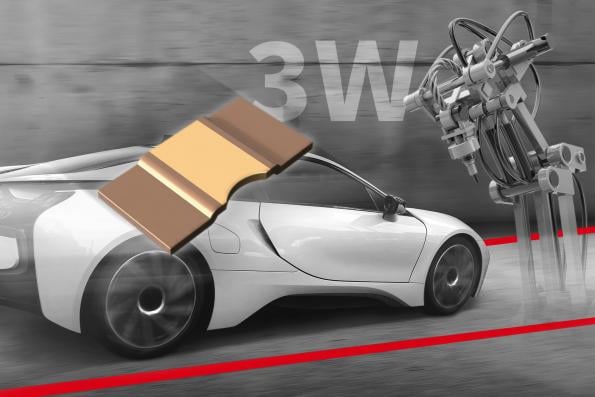
Unraveling the Different Types
In the realm of electrical engineering, shunt resistors play a significant role ...
2023-10-31 view+ -
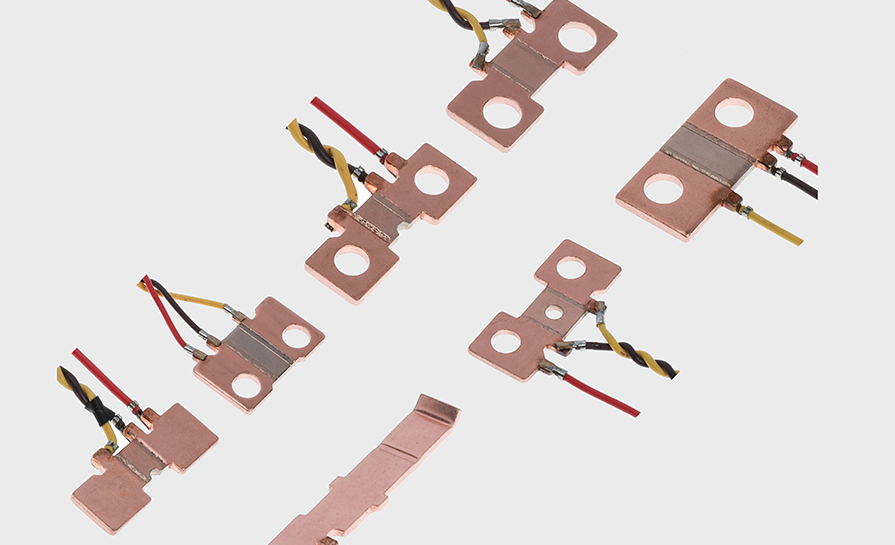
The Role of Shunt Resistors in
Battery management systems (BMS) play a critical role in monitoring and protecti...
2023-10-31 view+ -
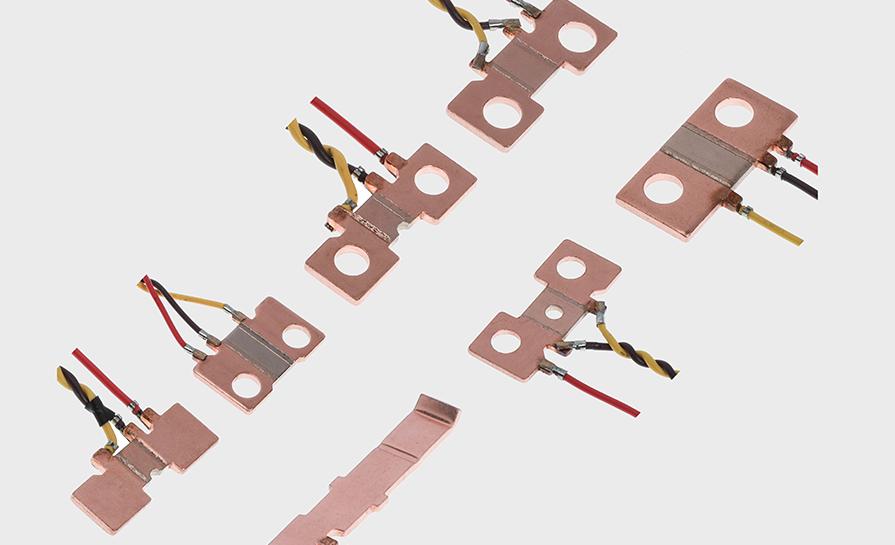
Shunt Resistor Selection Based
Shunt resistors are commonly used in various electronic circuits for current sen...
2023-10-31 view+ -
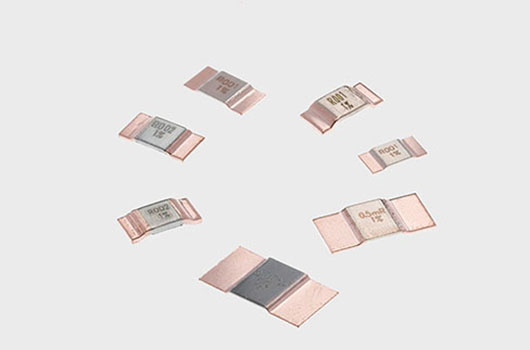
The Application of Shunt Resis
The shunt resistor for ammeters is an essential electronic component used to ext...
2023-08-04 view+



